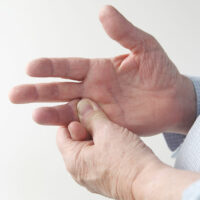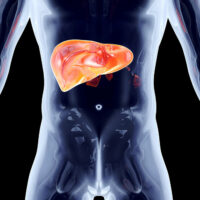Common warning signs and symptoms of herpes

Herpes is a viral infection caused by the Herpes Simplex Virus (HSV). This condition is classified into two categories depending on where the symptoms occur: genital herpes and oral herpes. In both cases, the warning signs may not be evident early on. Also, in certain cases, the virus remains dormant for a long time, and the symptoms start showing after many years. Here are some of the warning signs of herpes and common signs and symptoms:
Warning signs
Some people have experienced a severe outbreak of herpes symptoms without any warning immediately after the infection. But some only go through mild episodes. In either case, a person may have the following warning signs after the initial infection:
- A tingling sensation in the infected area
- Constant itching or burning in the infected area
- Formation of sores or blisters around the mouth or genitals
In most cases, the warning signs progress to full-fledged symptoms that last longer. These symptoms can occur anywhere between 2 and 20 days after the first exposure to the virus.
Common symptoms of oral herpes
Oral herpes can cause blisters to be found around or inside the mouth and the lips. These blisters are also known as cold sores or fever sores. In some cases, the sore forms on the tongue and the face, particularly in the chin area. However, in rare cases, the soreness of oral herpes is observed in other areas of the body. These blisters generally last 2 to 3 weeks and then clear up.
Common signs and symptoms of genital herpes
The symptoms of genital herpes develop in and around the genital area. One of the most common symptoms is the development of sores in these parts. The sore can also develop in other areas of the body. In addition, a person may also experience pain during urination. In the case of women, there might be drastic changes in the vaginal discharge. These changes can be seen in the discharge’s color, odor, and consistency. These symptoms generally last between two and six weeks, or sometimes more.
Both oral and genital herpes occur in episodes, since the condition doesn’t go away. The first episode is usually more painful. After the initial outbreak, the symptoms tend to recur periodically. Over time, the frequency of the outbreaks becomes less, and the intensity of the symptoms is less severe.
Initial episode symptoms of herpes
The first outbreak of herpes is the initial episode when the infection first develops. During this, a person may experience the following symptoms:
- Sores or blisters
- Pain and itching
- Swollen lymph nodes
- Fever
- Fatigue and weakness
Recurring symptoms
After the first outbreaks, herpes episodes may occur repeatedly over the years. The symptoms during these recurring episodes are the same as during the first outbreak. However, the intensity of the symptoms is much milder, and there are fewer sores. Also, the symptoms last for a shorter duration than the initial outbreak.
The chances of experiencing recurring symptoms are higher in genital herpes than in oral herpes. This is because it has been observed that only about 30% of people with oral herpes and 50% of people with genital herpes have recurring episodes. During each recurring episode, herpes symptoms can last for about 8 to 10 days.





